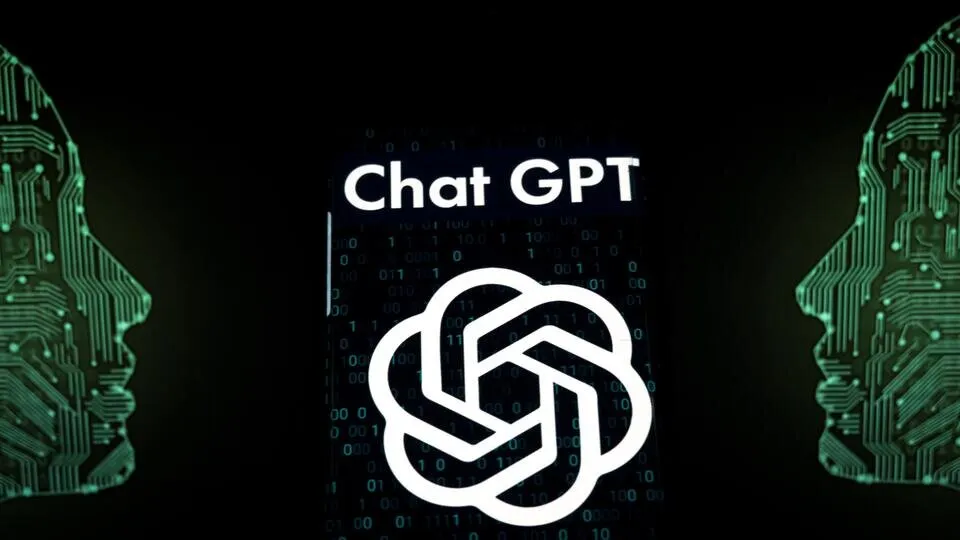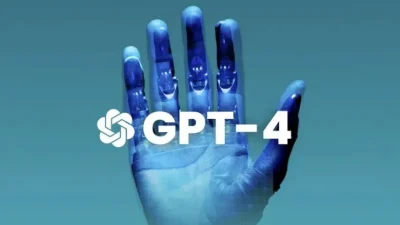GPT-4 is a powerful tool for generating text, but beginners often encounter obstacles that can limit their effectiveness. This guide aims to address these challenges and provide practical advice to help users maximize their experience with GPT-4. By understanding common pitfalls and learning how to overcome them, you can improve both the quality of your interactions and your overall satisfaction.

Common Mistake 1: Using Vague Prompts
One of the most frequent mistakes beginners make is starting with overly broad or ambiguous prompts. For instance, asking “Tell me about science” will yield a response, but it will likely be generic and not tailored to your needs.
Why It Matters
The quality of the output depends heavily on the specificity of the input. Vague prompts make it difficult for GPT-4 to understand the context or focus of your request, leading to less useful responses.
How to Fix It
To avoid this mistake, provide clear, concise, and specific instructions. For example:
- Instead of “Tell me about science,” try “Explain the principles of Newton’s laws of motion with examples.”
- Instead of “Write a story,” ask for “Write a 300-word science fiction story set in a futuristic Mars colony.”
By narrowing your focus, you give GPT-4 the guidance it needs to deliver precise and meaningful results.
Common Mistake 2: Ignoring the Importance of Context
Another frequent oversight is failing to provide context for your query. GPT-4 does not have inherent knowledge of your intentions or background unless explicitly stated.
Why It Matters
Context helps the model generate responses that align with your expectations. Without it, the results may seem disjointed or irrelevant.
How to Fix It
Always include relevant context in your prompts. For example:
- If you need a technical explanation, specify the audience, such as “Explain quantum mechanics to a high school student.”
- When asking for creative ideas, provide a setting or theme, such as “Suggest five Halloween-themed party games for kids.”
This approach ensures the responses are not only accurate but also aligned with your intended purpose.
Common Mistake 3: Failing to Use Iterative Refinement
Many beginners expect perfect results on the first attempt. While GPT-4 is powerful, its initial output may not always meet your expectations.
Why It Matters
Iterative refinement allows you to guide the model towards better results by tweaking your prompts based on the initial response.
How to Fix It
If the first response isn’t what you need, revise your query with more detail or reframe the question. For example:
- Initial Prompt: “What are some tips for writing?”
- Refined Prompt: “Provide five tips for writing compelling fiction, focusing on character development and plot structure.”
Iterative refinement is a dynamic process that helps you achieve your desired outcome by progressively narrowing down the focus.
Common Mistake 4: Overlooking Formatting Options
GPT-4 supports various formatting capabilities, but many users fail to take advantage of them. This oversight can result in cluttered or less readable responses.
Why It Matters
Proper formatting improves the clarity and usability of the output, especially for complex or detailed content.
How to Fix It
Specify the desired format in your prompts. Examples include:
- “Provide a step-by-step guide to baking bread.”
- “Create a table comparing renewable and non-renewable energy sources.”
- “List the pros and cons of remote work in bullet points.”
By using formatting options like lists, tables, or headings, you can ensure that the response is easy to read and well-organized.
Common Mistake 5: Underestimating the Role of Follow-Up Questions
Beginners often treat GPT-4 interactions as one-off exchanges, missing opportunities to build on previous responses.
Why It Matters
Follow-up questions enable you to explore topics in greater depth and refine the conversation based on prior outputs.
How to Fix It
Engage in a dialogue by asking follow-up questions. For instance:
- Initial Query: “What is the impact of climate change on agriculture?”
- Follow-Up: “Can you provide examples of crops most affected by climate change and explain why?”
This iterative approach allows you to delve deeper into subjects and extract more nuanced insights.
Common Mistake 6: Ignoring Model Limitations
While GPT-4 is advanced, it is not infallible. Relying on it as an all-knowing source can lead to misinformation or incomplete answers.
Why It Matters
Understanding the model’s limitations helps you use it more effectively and cross-check its outputs when necessary.
How to Fix It
- Be aware that GPT-4 may produce outdated or incorrect information, especially for recent events.
- Verify critical information with trusted external sources.
- Use GPT-4 as a starting point rather than the sole authority on a topic.
Common Mistake 7: Not Experimenting with Creative Applications
Many beginners limit GPT-4 to basic tasks, such as answering questions or generating lists, without exploring its creative potential.
Why It Matters
GPT-4 excels at creative tasks, including storytelling, brainstorming, and drafting unique content. By underutilizing these capabilities, you miss out on valuable possibilities.
How to Fix It
Experiment with creative prompts, such as:
- “Write a poem about the changing seasons.”
- “Generate ideas for a sci-fi novel set in a post-apocalyptic world.”
- “Create a fictional dialogue between a teacher and a student about artificial intelligence.”
By embracing creativity, you can unlock the full potential of GPT-4.
Summary of Common Mistakes and Solutions
| Mistake | Why It Happens | How to Avoid It |
|---|---|---|
| Using vague prompts | Lack of specificity | Provide clear, detailed instructions |
| Ignoring context | Assuming the model knows your intent | Include relevant background information |
| Not refining prompts | Expecting perfect results immediately | Use iterative refinement |
| Overlooking formatting options | Not specifying the desired output style | Request tables, lists, or structured responses |
| Neglecting follow-up questions | Treating interactions as one-off | Build on previous responses |
| Ignoring model limitations | Assuming GPT-4 is always correct | Cross-check information and be aware of limits |
| Not exploring creative uses | Sticking to basic queries | Experiment with storytelling and brainstorming |
Conclusion
By understanding and addressing these common mistakes, beginners can significantly improve their experience with GPT-4. The key is to approach interactions thoughtfully, refine prompts as needed, and remain open to experimentation. Whether you’re seeking information, drafting creative content, or brainstorming ideas, GPT-4 can be an invaluable tool when used effectively.





